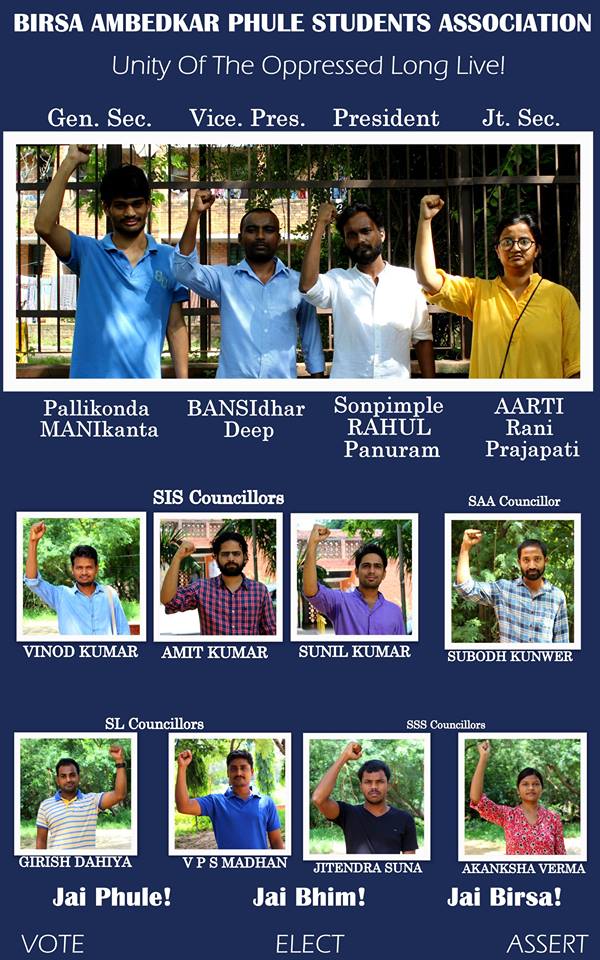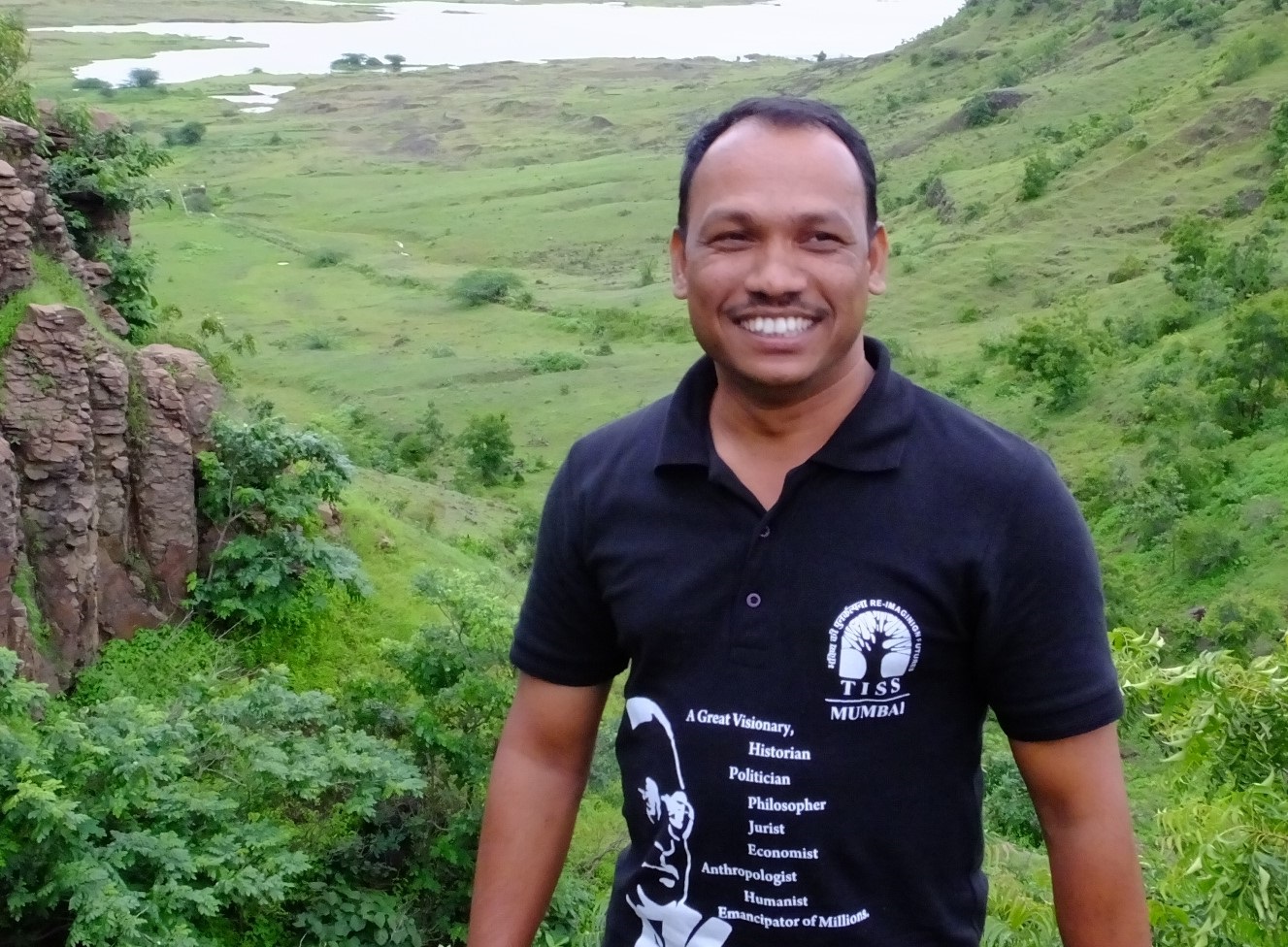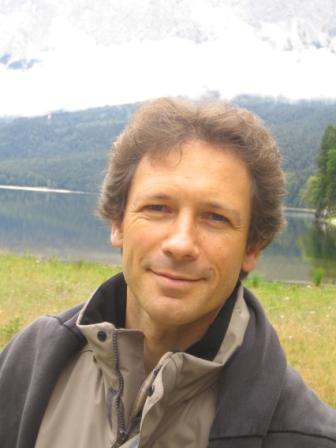Dalit, Adivasi and Bahujan Struggle in campuses and emerging BAPSA as a political alternative in JNU: Special reference to Rahul Punaram Sonpimple
Joy Prafful Lakra
Mr. Mahadev Toppo, a noted Adivasi writer has said that Adivasis have to take up ‘कलम, कूची और कैमरा’ (Pen, Paint Brush and Camera) to express themselves and extend their struggle. This notion of empowering the self and reclaiming their own voices does not fit into the savarna/ brahmanical discourse which has historically looked upon these groups as weak and incapable. The narrative of a poor and weak Dalit/Adivasi has always benefited the upper castes/ ruling elites and legitimised their role as their leader/spokepersons. It is a known fact that Dalits and Adivasis have historically been foot soldiers of the RSS/BJP and the Left Front political parties where their roles were limited to campaigning and voting.

The Left movement in the tea-gardens of North Bengal was built by the sweat and blood of the Adivasis but any prominent Adivasi leader is unheard from this region in West Bengal. The leaders were always Bengali Bhadrolok whereas the Adivasis remained tea-garden workers (chamojdoor) occupying lower ranks in the Party hierarchy. Colonial and missionary writings have contributed heavily in creating a happy, cheerful, smiling, carefree, and hard working Adivasi, which have been reproduced by the upper-castes and the ruling elites masking the historical injustice done to them. According to one of the myths, it is believed that the people who are depicted as vaanar-sena, who helped Rama in conquering Lanka, were Oraons (an indigenous community in Chotanagpur). The religious texts have not only depicted Oraons in this manner but the same has been repeated for other Adivasi communities who are depicted as subservient and docile followers of the Hindu gods and goddesses.
Seeing some of the non-Adivasis (who most of the time are upper-castes) on the dais during the Adivasi Sahitya Jatra (Adivasi Literary Festival) on 27th-28th August 2016, held at Ranchi, one Adivasi Research Scholar from Ranchi University expressed his resentment saying, “Why should non-Adivasis speak on behalf of the Adivasis.”
Increasingly, Adivasis have started denying these portrayals of them made by non-Adivasis, which most of the time are romanticised as being peace-loving and merry-making in most of the literature, academics, arts, and aesthetics. Young Adivasi writers, poets, and filmmakers like Jasinta Kerketta, Anuj Lugun, Biju Toppo and Niranjan Kujur are fearlessly expressing their resentment, critiquing state and its development agenda, opposing all bigotry including religious and gender based bigotry through कलम, कूची और कैमरा (Pen, Paint Brush and Camera): a medium which till now was dominated by upper-castes.
The threat to both the Savarna Left and Right is that till now those for whom they had expressed their sympathies are rejecting them and demanding their just share. The current Dalit and Adivasi students at Jawaharlal Nehru University (JNU), Hyderabad Central University (HCU), English and Foreign Languages University (EFLU), Osmania, Tata Institute of Social Sciences (TISS), Indian Institute of Technology- Madras (IIT-M) etc., have experienced discrimination, faced poverty, and are victims of unjust economic structures, unlike their erstwhile leaders belonging to the savarna Left and Right who were presumed to be poor, marginalised and discriminated. In JNU, Birsa Ambedkar Phule Student Association (BAPSA) has not only succeeded in breaking the illusionary binary between the Left and the Right but also provided a forum for alternative politics. Bringing into the academic discourse the caste question, identity, gender and patriarchy, social- economic- political inequality, social justice and equality, they are critically engaging in debates and discussions. They are charting their own paths and moves, which is so un-Dalit and un-Adivasi if viewed from the lens of upper-caste. This emergence of un-Dalit and un-Adivasi has infuriated both savarna Left and Right equally.
When people like Rahul Punaram Sonpimple decide to contest for students’ Union election, in a prestigious institution like JNU, it creates much uproar and tension because they do not fit into the savarna/ brahmanical/Left idea of being a Dalit or Adivasi. Coming from a slum in Nagpur, journeying into the portals of JNU has not been easy for him. He lost his father, a rickshaw puller at a very early age, and mother still works as a construction labour. As a student he did odd jobs as a daily wage labourer in construction sites to add to the meagre income of the family. Inspired by the thoughts and ideas of Dr. B.R. Ambedkar he kept on studying and inspired others to do the same. During his studies in Hislop College, Nagpur, he, along with his friends started ‘Youth for Social Change’ to help one another in studies. He has been an inspiration and motivation for many who are now pursuing higher studies in different universities in India.
Those who had been silent for hundreds of years have started speaking, and expressing their demand for social justice and equality. They are capturing the imaginations of the young and inspiring many to “Educate, Organise and Agitate” which is spreading like wild-fire not only in university campuses but also in bustees and villages. Student politics and activism is not going to be same in the coming days; Dalits and Adivasis have started expressing their lived realities of joys, happiness, sorrows, anger, hatred, and discontent, through कलम, कूची और कैमरा (Pen, Paint Brush and Camera).
~~~
Joy Praffu Lakra is Doctoral Candidate in Tata Institute of Social Sciences, Mumbai.










